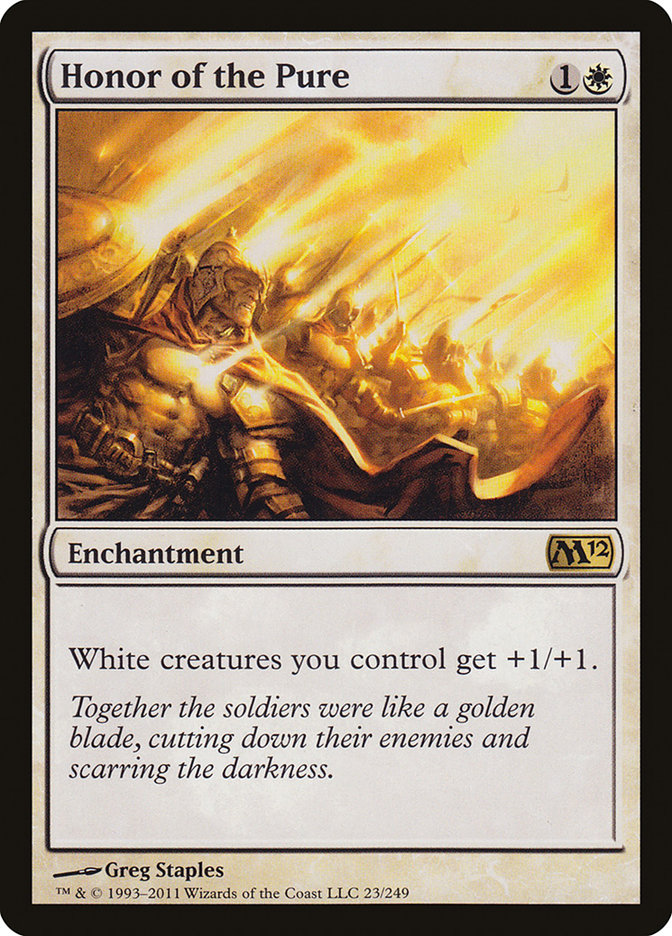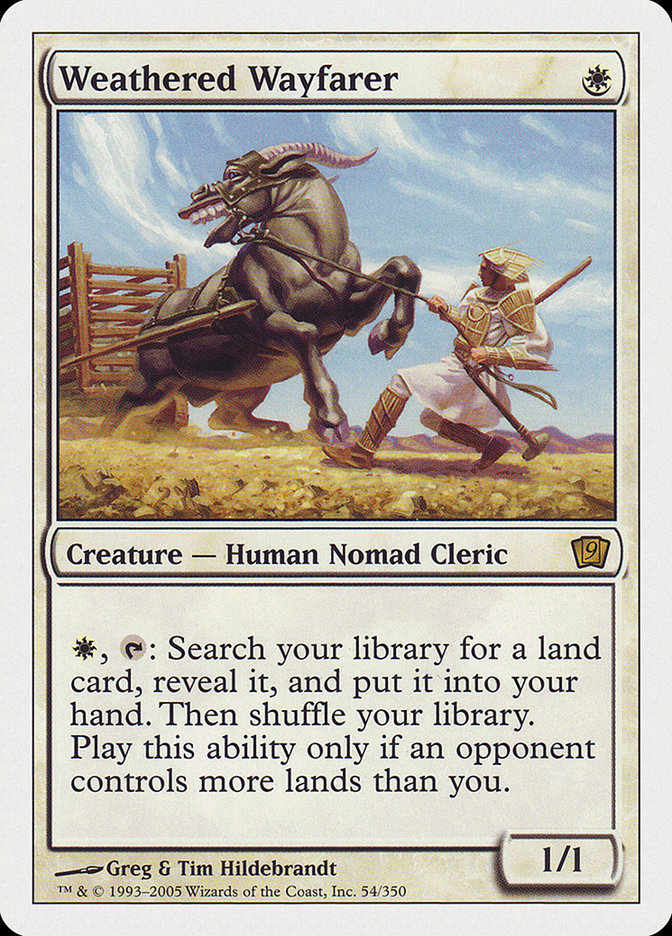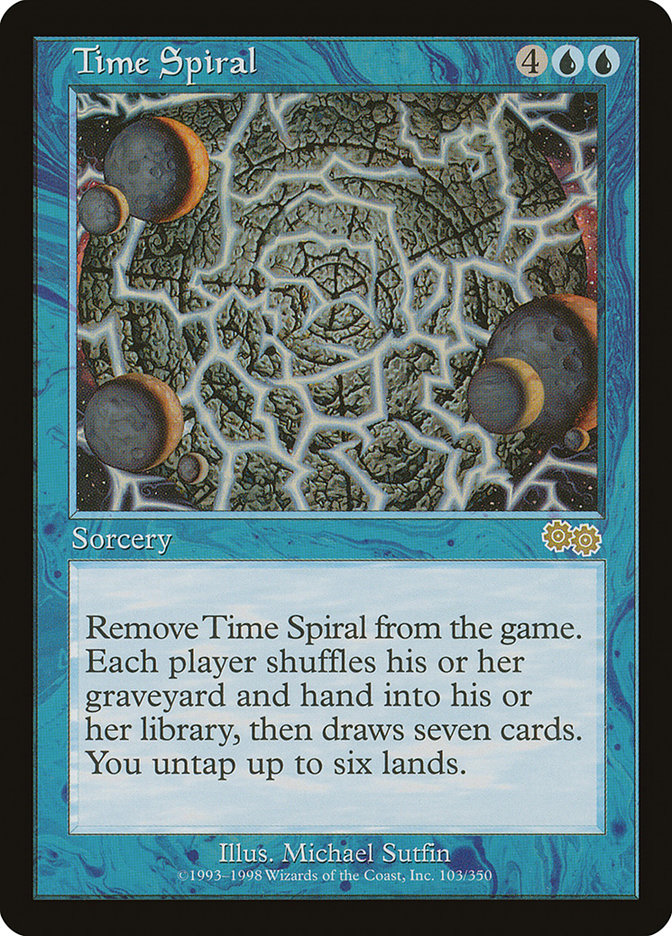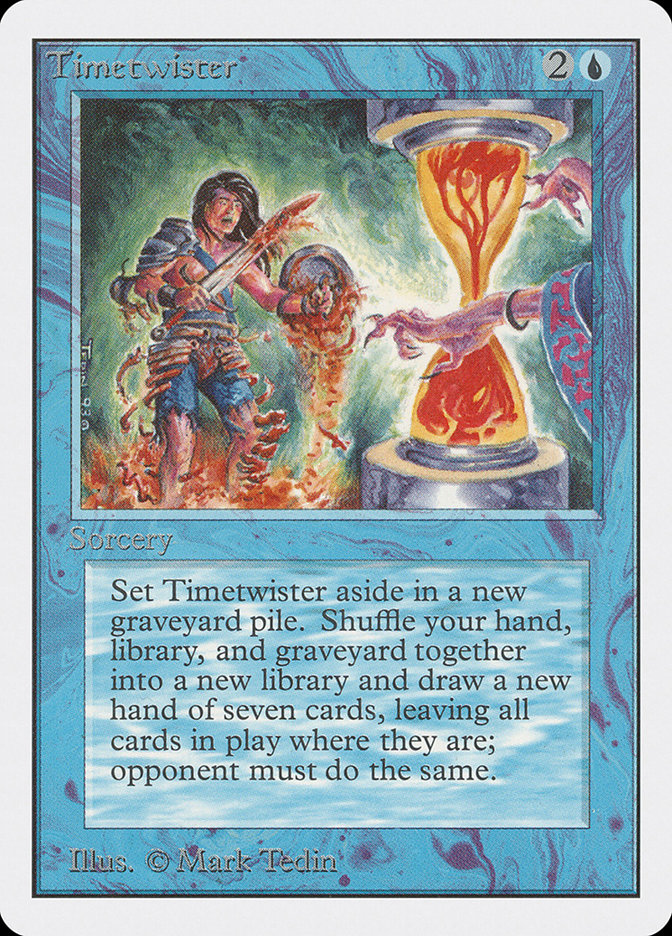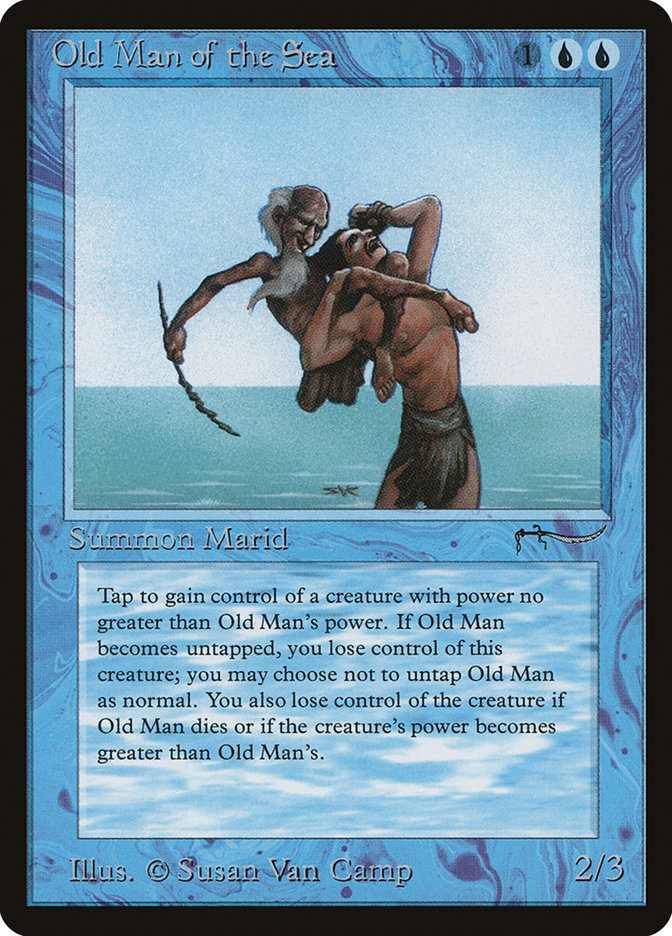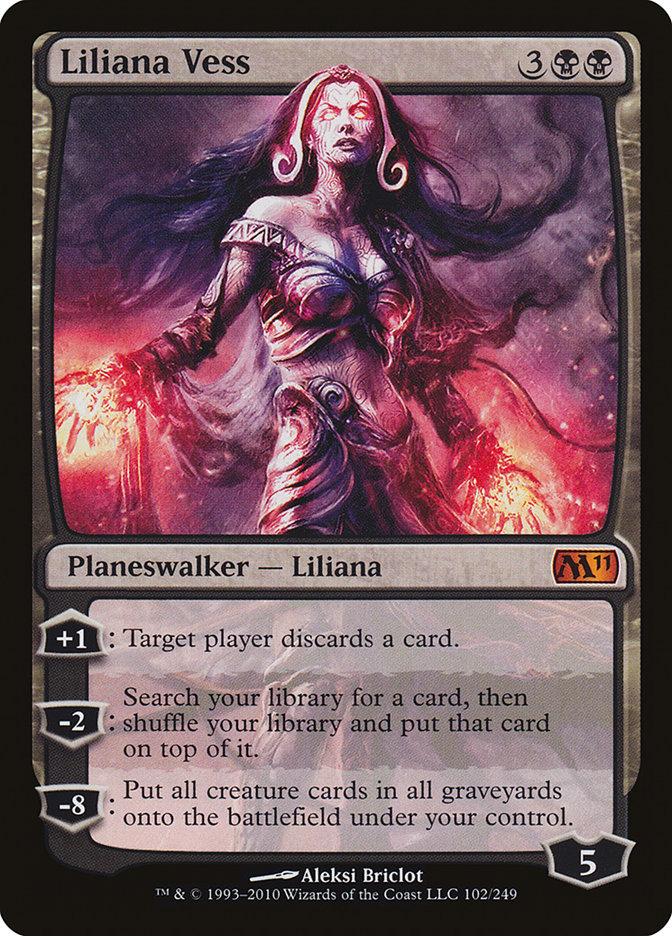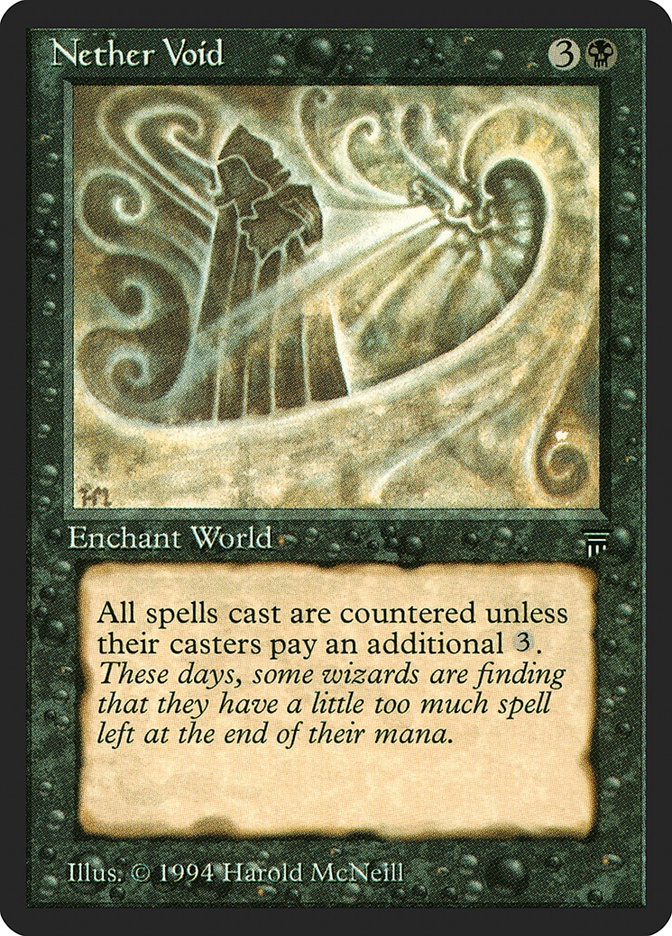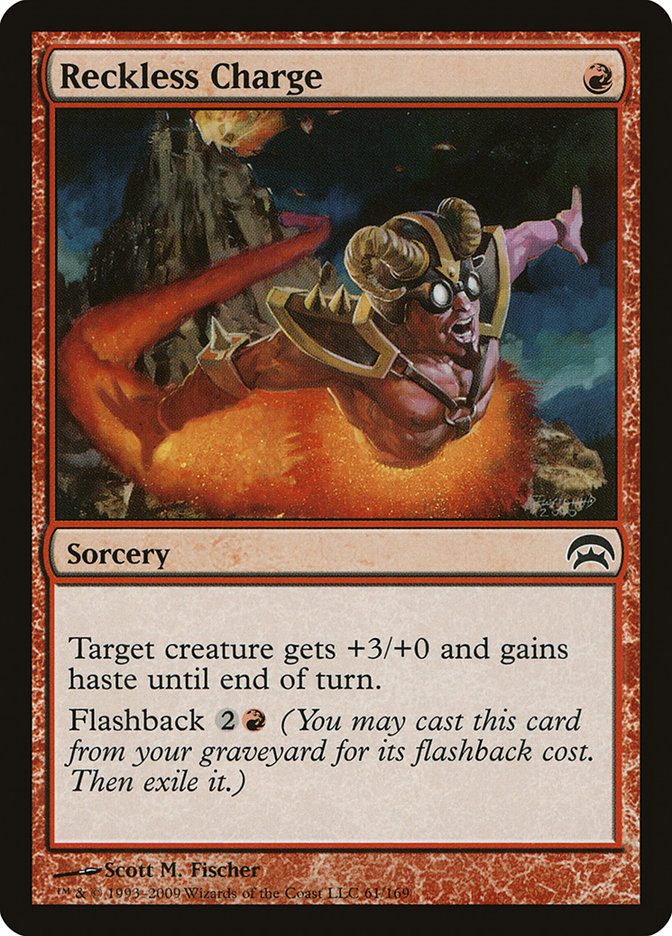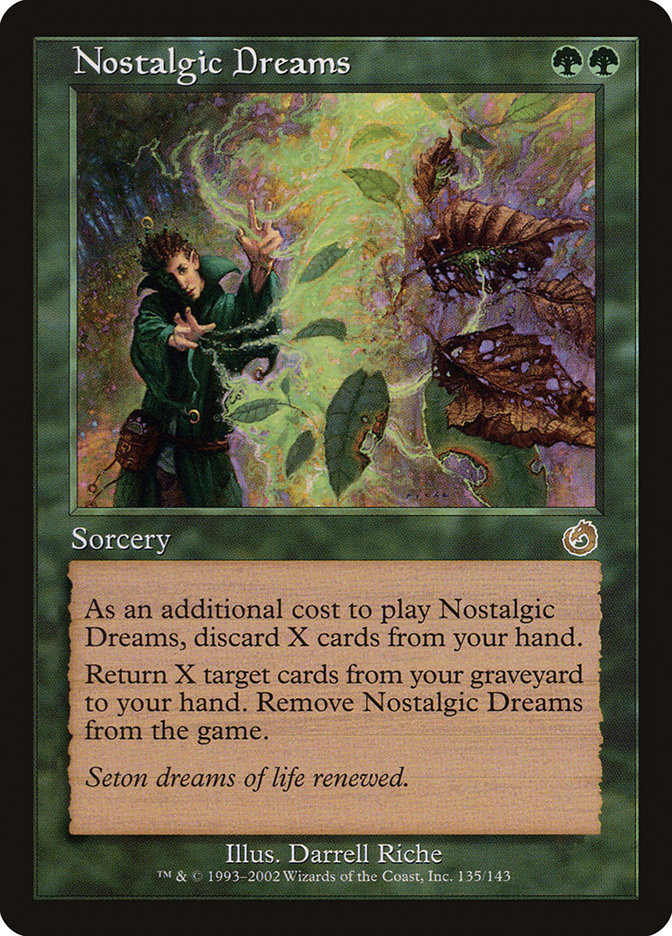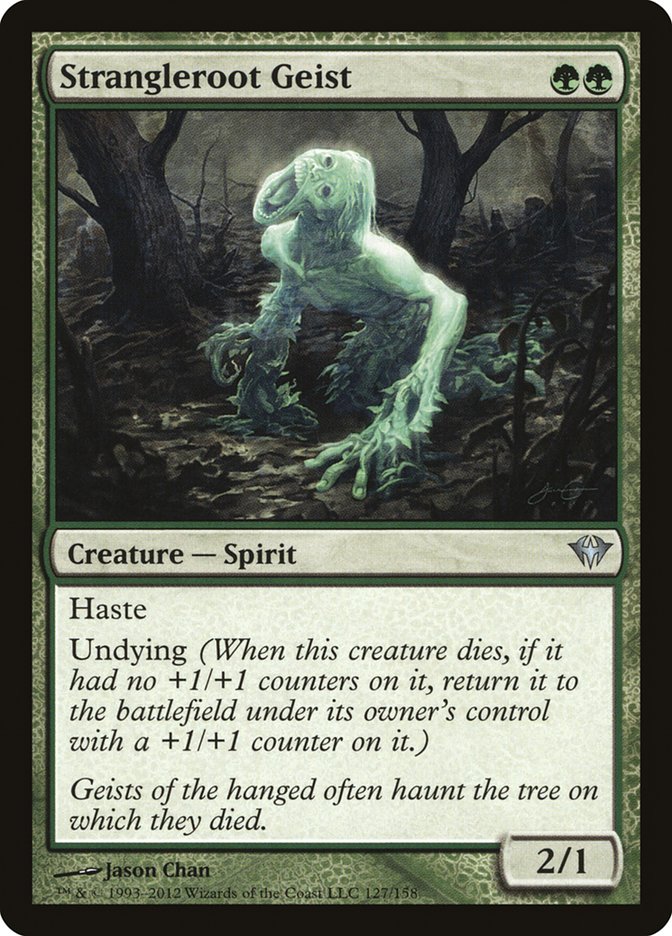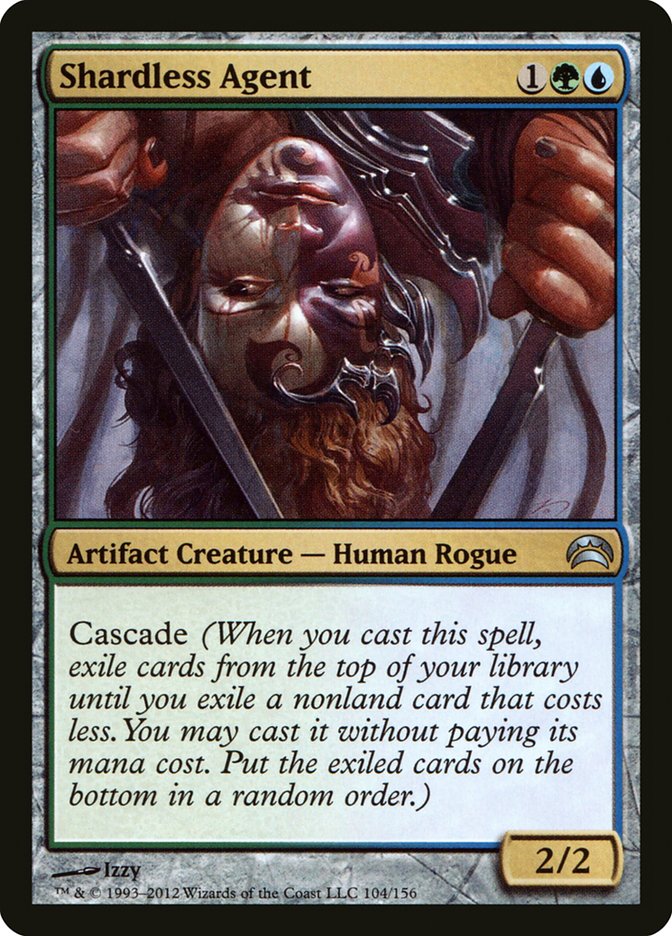In my last article, I talked about the changes from the Magic Online 2012 Holiday Cube to the 2013 iteration, noting how relatively few changes there are, how the designers dropped the ball, and how some suboptimal cards are still around.
However, in this article, I’ll be talking about some underrated cards in the 2013 Holiday Cube and how you can look into valuing them higher in the coming weeks once it becomes available to play on Magic Online tomorrow.
White
White aggro isn’t typically where I want to be in the Magic Online Cube; I find that even when people are in the archetype, when they’re not in mono-white they disregard Honor of the Pure, which is usually a mistake.
One of the problems that can come about in aggressive decks is that noncreatures have limited space so they need to do really hard work since they typically have a lot of ground to cover like removal, buffing other creatures, and other types of effects. Creatures with enters-the-battlefield triggers typically help, but they can usually only do so much in covering that role. Because of that, when it comes to having to having to draft cards for their deck or making cuts sometimes cards like Honor of the Pure can be unfairly cut.
I’ve seen people get too scared to play it because it doesn’t hit enough creatures, and I’ve found that people tend to overestimate how many creatures are needed. I recently asked on Twitter on the number of creatures needed (as a minimum) to run it, and the answers echoed what I was thinking. Generally, I’ve found that it’s been useful in decks with slightly more than half of the creatures in the deck being white, with token generators/armies in a can helping to make cards like that better.
It’s one of those cards that people relegate to being just good in mono-white since its main Constructed use was in Mono-White Aggro decks, but that kind of evaluation can be stifling. People initially dismissed Primeval Titan in Cube because of the targets being limited (and some of the premier targets like Library of Alexandria are usually not that great on turn 6), but they eventually found that even in scenarios where it isn’t living up to idealized image it’s still very good. The same wisdom can be applied to Honor of the Pure.
Weathered Wayfarer is a card that people tend to like using with the Ravnica bounce lands (like Boros Garrison) since it can help you to stay under your opponent’s land count, but I’ve found that people tend to underrate it for other applications.
You may be thinking that I would consider it for aggressive decks since those decks tend to have low land counts, but the one power on it and it requiring mana in a deck that needs to use its mana efficiently on every turn (combined with a pretty weak body) make it a poor choice for those decks. However, one of the applications where it tends to be underrated is siding it in when on the draw in slow matchups a la Liliana Vess and Jushi Apprentice.
You don’t want to miss land drops in control mirrors, and being able to get any land (especially lands that enter the battlefield tapped like man lands) is valuable while on the draw. The increase in mana rocks with this iteration of the Cube can help you to stay on par with your opponent. It’s a gamble that can be worth doing. But generally I’ve not been a fan of that due to the fragility of the creature. Still, I think its sideboard applications are nice enough to make it feel underrated.
Blue
When the Holiday Cube went up last year, it brought Timetwister with it, and it was played heavily in combo decks. After it got removed with the rest of the Power Nine, people started playing Time Spiral in non-combo decks, but the adoption rate was still much lower than it should have been since people still incorrectly labeled Time Spiral as just a combo card. This was done because people generally got too scared of the symmetrical effect, fearing that the opponent would draw better cards than they would, but it generally feels like more of a case of being anecdotal ("my opponent drew the cards that could deal with mine") or general "feel bad" than actual analysis.
Draw 7s like Timetwister and Time Spiral are exceptional for helping you to assert dominance over a board state where you can reload on cards, drawing some countermagic, countering whatever matters, and helping you to draw into an answer when you need something and don’t care that the opponent is getting extra cards. The fact that the opponent gets to use the cards first is either mitigated by the relatively cheap cost on Timetwister or straight-up negated by the untap land mechanic on Time Spiral.
These kinds of cards are also extremely good in tempo-based blue decks, which the Magic Online Cube tries to push, but both cards are solid for blue decks in general, even generic blue control decks, with Time Spiral arguably being better of the two since it lets you untap and protect the cards that you drew with countermagic and be first to use them.
I’ve seen people cut Old Man of the Sea from their deck because they think that it’ll just be good against the aggressive decks and poor against everything else. This is untrue. One of the things that cards like Elesh Norn, Grand Cenobite and Massacre Wurm have taught me is just how often there will be small creatures—typically 2/2s—hanging around in the mid-to-late stages of the game because of their non-combat functions (like Snapcaster Mage flashing something back or Viridian Shaman Shattering something.)
There also may be some comparisons to cards like Vedalken Shackles. Old Man is no Vedalken Shackles, but few things really are as able to dominate creature matches as well as Vedalken Shackles. Being second fiddle to something like Vedalken Shackles is still ok since it typically pays for itself by almost always having something to steal and either chump block with it or trading with something else. Of course, it’s pretty brutal against the aggressive decks provided it stays alive, but it’s a card that I find that people tend to keep in the sideboard more often than they should.
Black
Liliana Vess falls into a weird space because I haven’t had her in my Cube in years due to her being very slow but is a card that I’m a very happy to play in the Magic Online Cube because of the proliferation of slow matches. She’s a high-impact card where if she lives it’s usually enough to turn the tide of a slow matchup by ripping the opponent’s hand to shreds provided that the opponent cannot directly attack her; I’ve found that I’m usually able to get a few discards out of her.
This reminds me a bit of cards like Jushi Apprentice—cards that were phased years ago due to Cube designers focusing on pushing aggressive strategies. Jushi Apprentice and Liliana Vess have fallen by the wayside because the guaranteed value from them that could be gained isn’t as guaranteed in many Cubes now. That said, the proliferation of slower decks in the Magic Online Cube (Holiday and regular) are concentrated enough to usually make me happy to play her in my black midrange and control decks.
Nether Void, along with the Abyss, is a card that entered the Holiday Cube last year but left after. Because of this and it not really being used in other formats, I find that people tend to underrate it in Cube. I’ve usually seen people jam it into mana rock-heavy control decks, which can be nice since mana rocks can help your deck get around the symmetrical ability, but it’s also a bit of a nombo since can make those same cards incredibly inefficient (five mana for a Signet, although the same could be said of the opponent by turning their Signets into inefficient five-mana mana ramp). However, that isn’t its only use.
Again, I don’t really tend to go for aggressive decks with the Magic Online Cube, but Nether Void can be a nice nail in the coffin akin to Armageddon / Ravages of War by helping you to press the advantage from your early creatures, making an opponent’s mass removal cost a ton of mana. It’s also very useful if your deck has ways to use mana that don’t rely on a spell resolving like Equipment; level counters; or cards like Ink-Eyes, Servant of Oni. It can also punish an opponent for holding Moxen in their hand, which tends to be the right call due to artifact hate (although I usually play them out against black decks due to discard cards like Duress, Inquisition of Kozilek, and Thoughtseize). In the same vein, Nether Void can also work well in control decks with a lot of mana sinks like man lands.
Red
As was mentioned before, one of the problems when playing aggressive decks is that the room for spells can be very tight; because of this, I’ve found that people tend to shy away from including it in their aggressive decks. Reckless Charge helps aggressive decks become closer to burn decks by making it so that their creatures deal a high amount of damage to the face, and while the Flashback is awkward with telegraphing that you have the ability to give a creature haste, it does help by still letting creatures deal a lot of damage efficiently.
Another thing about it is that it helps give some extra power to early creatures like 2/1s and get in lots damage in the later stages of the game. In a video from the first iteration of the Holiday Cube where I drafted Boros Aggro, I sided in Reckless Charge because I needed to have my creatures act like burn spells since I was in a bad matchup (Jund Midrange), and the damage and reach helped me to win that match (and honestly, I should have just been maindecking it in that deck over something like Lightning Helix).
I find that people tend to underrate Faithless Looting because they think of it as merely a card for a deck like B/R Reanimator (which also uses Sneak Attack) to get things into the graveyard or combo. However, I’m a much bigger fan of it as a general "value" card for non-aggressive red decks since it helps to get rid of cards that don’t matter in the later stages of the game and acts as general card filter ala Ponder (although it’s obviously nowhere near as good at that particular role) to help smooth out draws in decks like Naya, Jund, and Grixis. It usually isn’t difficult to get to the point where flashing it back happens and it’s able to help you pitch some lands that weren’t doing anything worthwhile.
With the emphasis on cheating big creatures into play in the Magic Online Cube, the ability to work well with reanimation like in the aforementioned Sneak Attack / Show and Tell type of Rakdos, Jund, or Grixis Reanimator deck is valuable, and in decks that have other cards that work well in the graveyard like Genesis it’s even better. But too often in non-aggro red decks Faithless Looting stays in the sideboard when it shouldn’t.
Green
Nostalgic Dreams is a nice card for green midrange cards because one of the annoying things about ramp cards is that they can be near blanks in the late game; Rampant Growth isn’t really doing anything on turn 12. Nostalgic Dreams helps to cash some of them in from being blanks to being things that matter in the later stages of the game. Like with other combo cards, it felt like it got some love in combo decks, but its adoption for non-combo decks was slow.
I feel that its ability to work pretty well in midrange mirrors is nice since it can help get two-for-one cards and other cards that help to get an advantage out to overcome an opponent. (It’s similar to Yawgmoth’s Will, another card that people tend to underrate and a card that I’ve talked about in previous articles. In summary, it’s not just good with power; it’s good if you can get a few uses out of it. Think of it as an X spell where the resource is the graveyard.)
I’ve seen this card underplayed in the Magic Online Cube because of aggressive green not really being a deck. It can be very solid even in midrange decks as a two-for-one that trades with 2/2s, but it’s also a nice cheap way to put pressure on planeswalkers since a lot of planeswalkers outside of Selesnya have problems dealing with Strangleroot Geist; green and white planeswalkers can just put a ton of tokens in the way, but other colors’ planeswalkers like black can’t really deal with Strangleroot Geist very well. It doesn’t die to sweepers either, which control decks use as a tool to dominate midrange decks, so it’s also very useful for those matches.
Multicolor
One of the problems with the evaluation of Shardless Agent is that people tend to get too scared of hitting a counterspell with the cascade; in my experience, I’ve found that this fear is almost always unfounded because when many people think of two-mana spells in U/G decks they tend to think of two-mana counterspells. However, even in a straight-up Simic deck, the number of counterspell misses typically isn’t anywhere near the number of hits.
Earlier this year I posted some videos where I drafted Simic decks. Of the two decks:
Hits: Joraga Treespeaker, Looter Il-Kor, Phantasmal Image, Sylvan Library, Umezawa’s Jitte, Ancestral Vision.
Misses: Counterspell, Daze, Miscalculation (6 hits, 3 misses)
Hits: Snapcaster Mage, Grim Monolith, Exploration, Narcolepsy, Umezawa’s Jitte, Regrowth
Misses: Miscalculation (six hits, one miss)
Although it could be argued that some of the hits could be misses since they are game-state dependent (Snapcaster Mage, Narcolepsy), the fear that the misses would be outnumbered by the hits in these two stock U/G decks provides some credence to U/G decks being filled with non-targets, and in most Simic decks I find that this same adage applies. When that happens I’ve found that the overall mana output is very high, and even if it just gets something like a mana rock it’s still performing like a Civic Wayfinder that puts the land into play or a Wood Elves with a decent body.
When drafting a Simic deck, do a check to see how many hits and misses you have for Shardless Agent, and I think you’ll be pleasantly surprised (especially if your hits include cards like Time Walk or Ancestral Recall, which they can over the next few weeks).
I hope that you’ve enjoyed this article about cards people tend to underrate in the powered iteration of the Magic Online Cube and that it helps your future drafts.
May all of your opening packs contain Sol Rings!
@UsmanTheRad on Twitter
My blog with my Pauper and Regular Cube lists: I’d Rather Be Cubing
Cube podcast that Anthony Avitollo and I co-host: The Third Power

